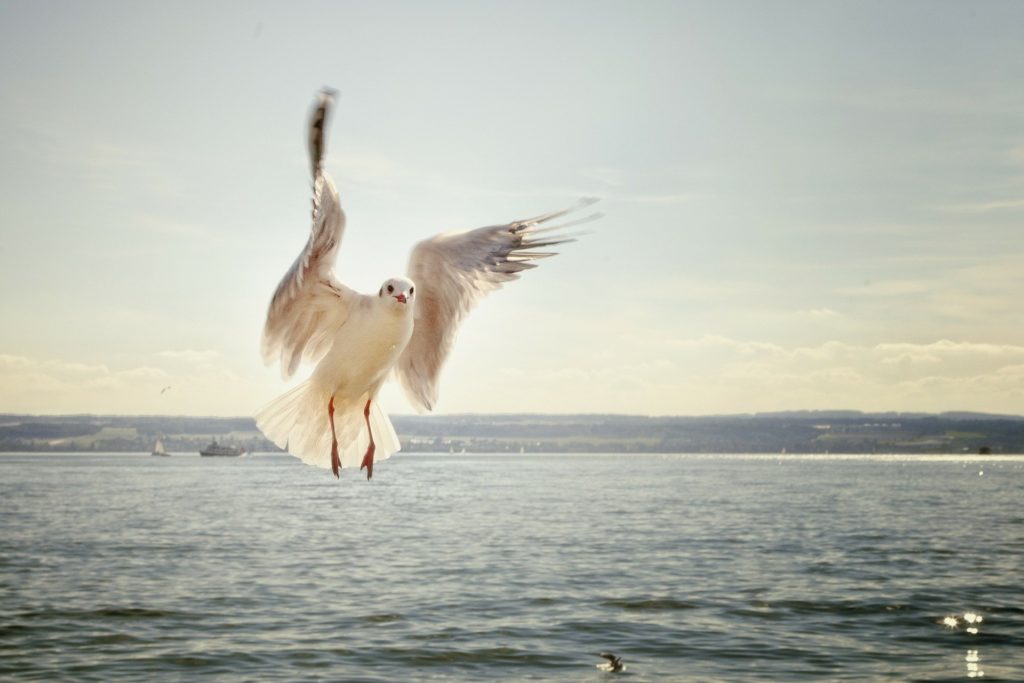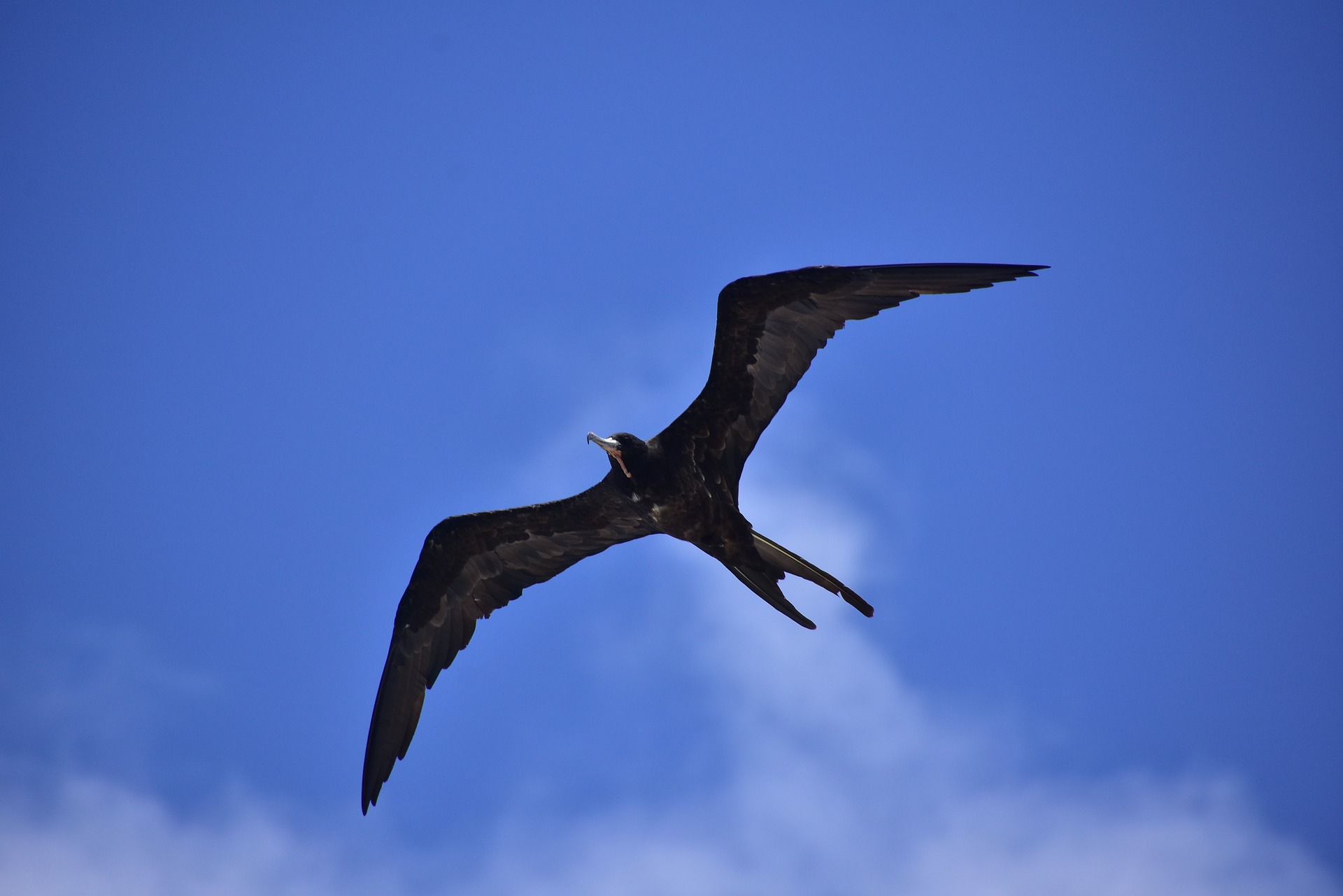5 facts about bird flight
by Ailsa Harvey · 15/01/2021

1. Weighty wings
Around a third of a bird’s body weight is made up of the large wing muscles. These are the machines that power flight, keeping the bird airborne for large periods of time.
2. In a flap
Flapping is one of the most common flying methods, but it uses the most energy. Some birds alternate between flapping and gliding to conserve energy.
3. Hitching a ride
Taking advantage of the rising air thermals and updrafts, some birds soar in a circle around these areas to lift them higher, with minimal energy expended.

4. Mid-flight naps
Studies found that some birds can sleep while flying. Measuring electrical energy in the brains of great frigatebirds, results showed that they sleep in ten-second bursts during migration.
5. Furthest flyers
The Arctic tern has the longest migration of all the birds; over 80,000 kilometres a year. In their lifetime of around 30 years, their total flight distance is equal to three trips to the Moon and back.
For more science and technology articles, pick up the latest copy of How It Works from all good retailers or from our website now. If you have a tablet or smartphone, you can also download the digital version onto your iOS or Android device. To make sure you never miss an issue of How It Works magazine, subscribe today!





